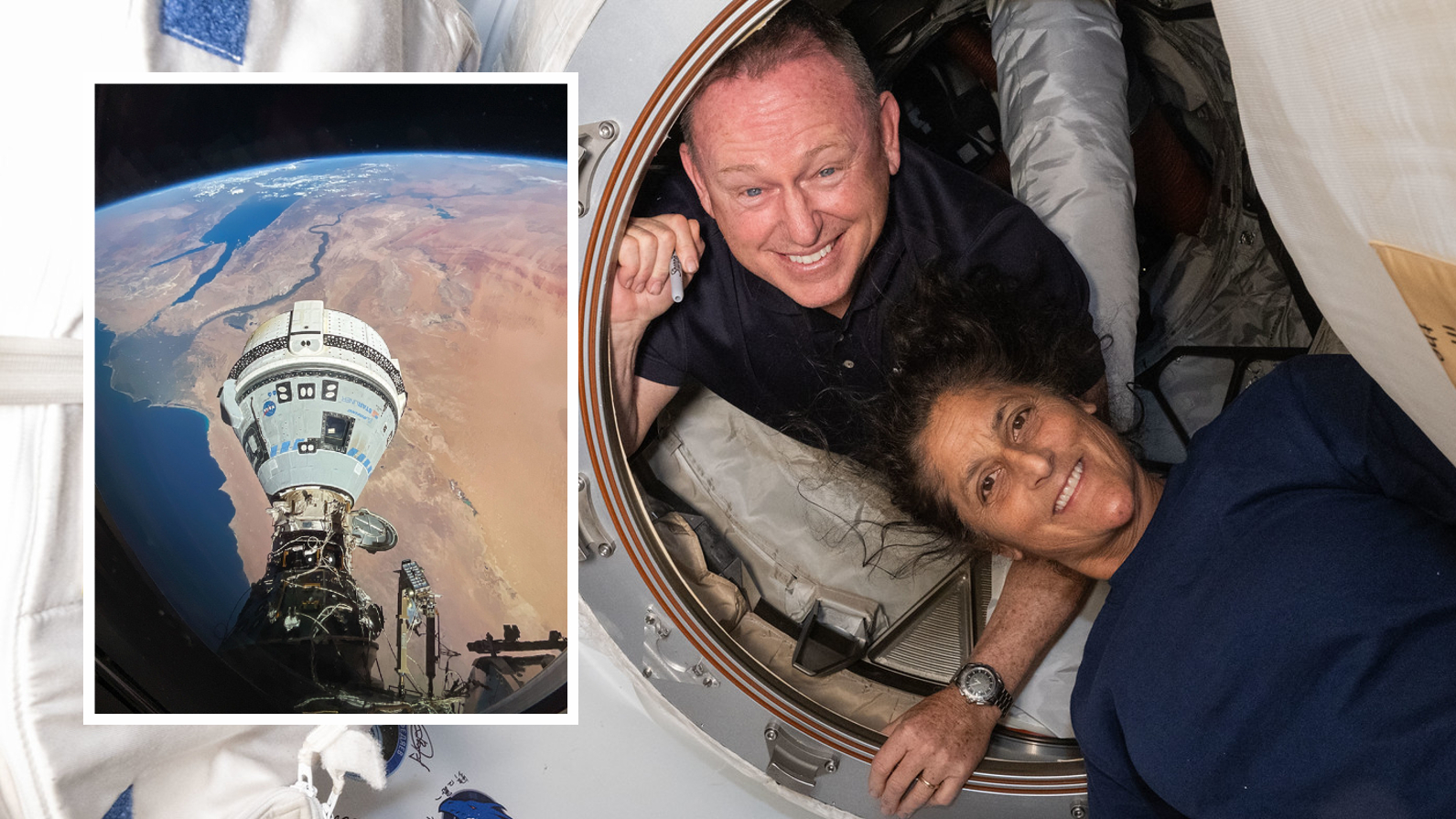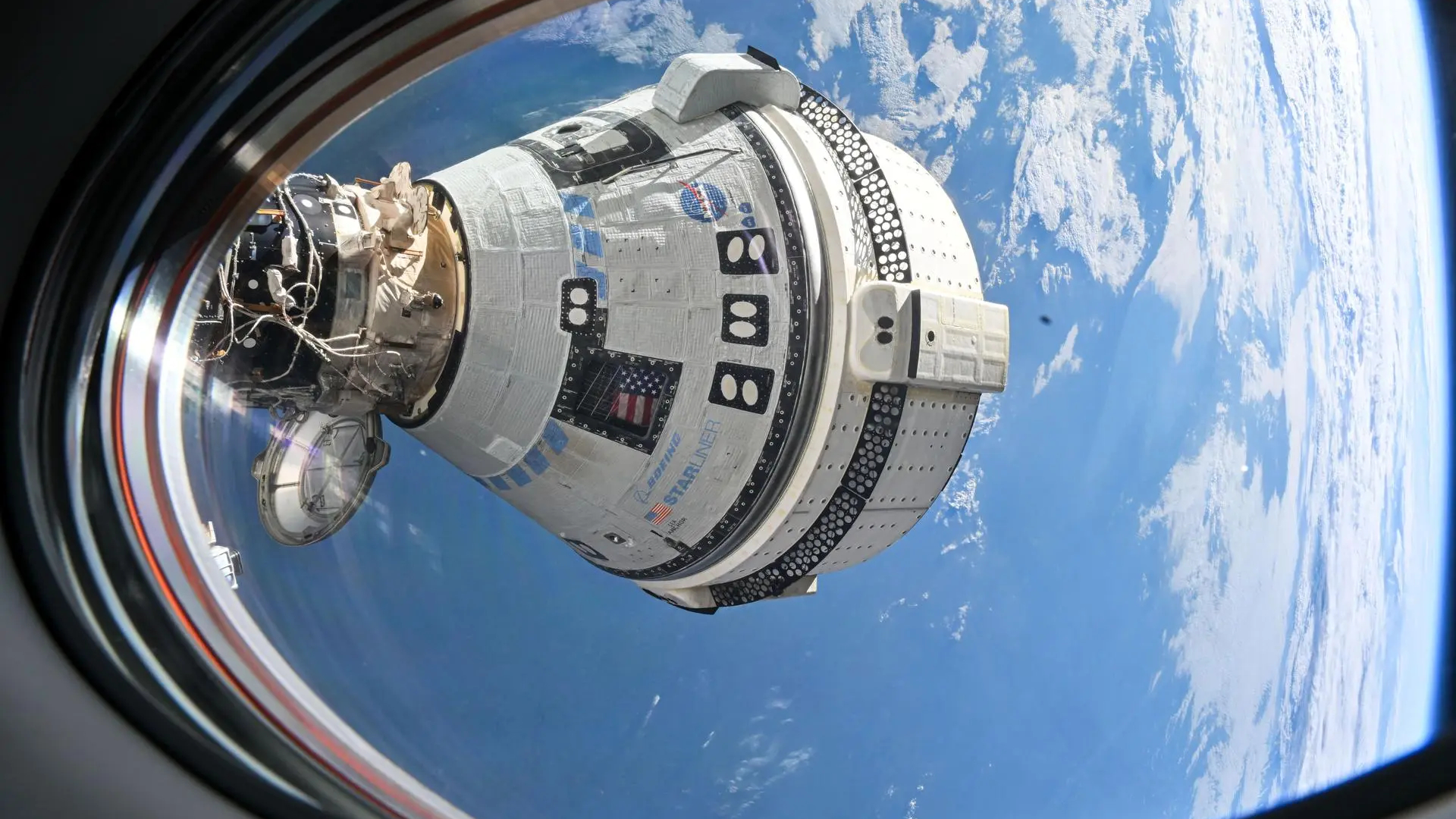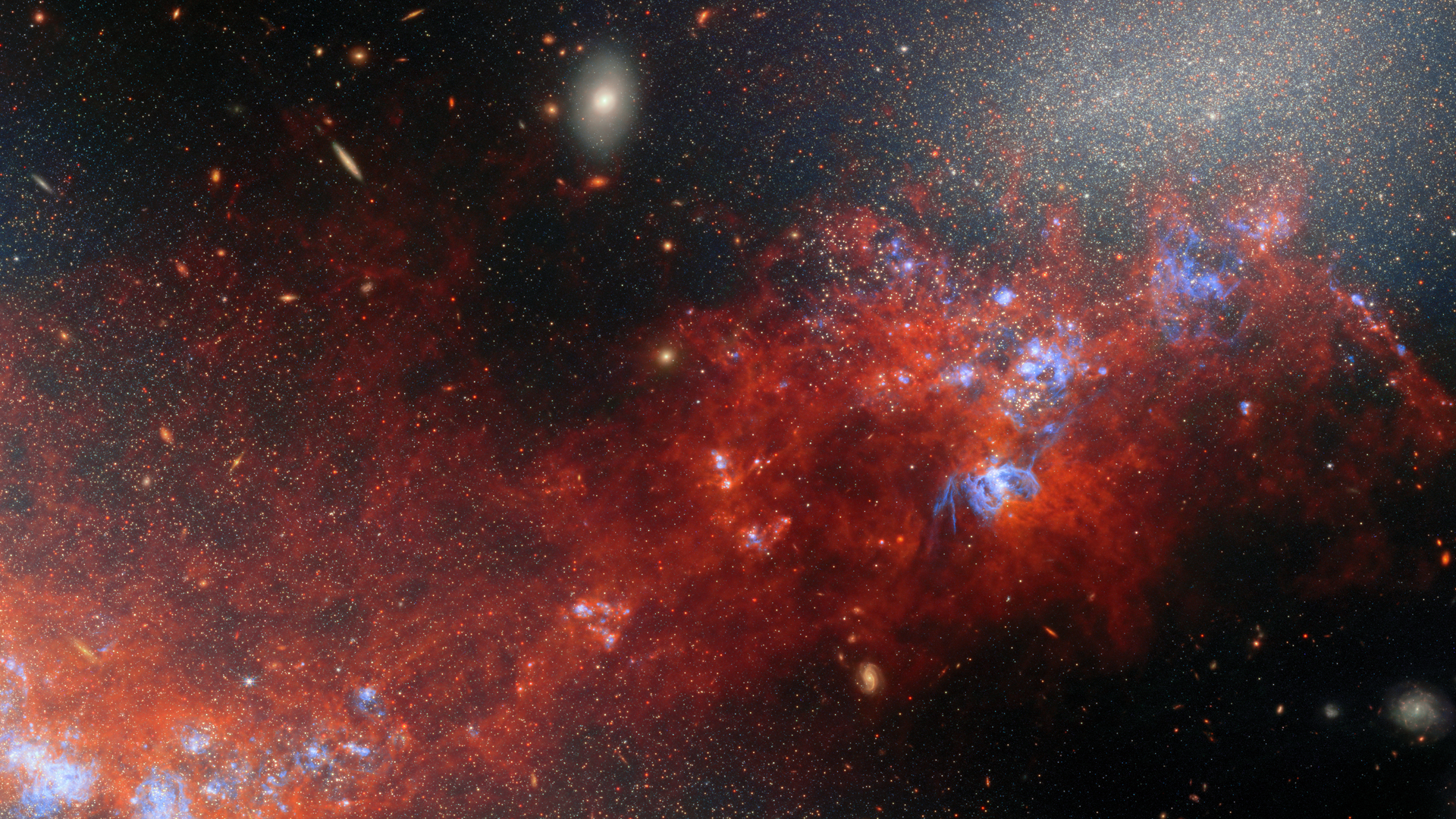Boeing Starliner astronauts will return home on a SpaceX Dragon in 2025, NASA confirms
Boeing's Starliner capsule will return to Earth empty sometime in September; its two astronauts are now scheduled return in February 2025.

On Saturday (Aug. 24), NASA announced its final decision regarding the fates of the two astronauts aboard the International Space Station whose original eight-day space jaunt had turned into a nebulous multi-month excursion. Suni Williams and Butch Wilmore, who launched to the ISS aboard Boeing's Starliner capsule on June 5, will return home no earlier than February of 2025.
Furthermore, NASA and Boeing jointly decided that Williams and Wilmore will not head back to Earth aboard the same Starliner capsule that brought them to the ISS. Rather, they will climb aboard a SpaceX Dragon capsule for their descent to our planet, a vessel dedicated to the Crew-9 mission set to launch in September that will be modified to accommodate the Starliner astronauts. That capsule will only launch with two crewmembers in order to create space for Wilmore and Williams when the time comes to return to Earth, and it will also be reconfigured to carry more cargo, personal items and Dragon-specific spacesuits for the Starliner duo.
Meanwhile, NASA and Boeing are going to work on bringing the Starliner capsule back to Earth, crewless, to land in White Sands Space Harbor, New Mexico, sometime in September.
This decision comes after quite a bit of uncertainty about when the two Starliner astronauts will come back to Earth following the completion of what's known as the Crew Flight Test of their capsule; the test is named as such because this trip marked the first time Starliner embarked on a crewed mission in contrast to its previous two uncrewed tests.
"The decision to keep Butch and Suni aboard the International Space Station and bring the Boeing Starliner home uncrewed is a result of a commitment to safety," NASA Administrator Bill Nelson told reporters on Saturday.
Safety is of concern because of what the team says is a key issue with Starliner's propulsion system — namely, its thrusters. Starliner's launch to orbit wasn't exactly perfect, having been delayed due to a minor helium leak, for instance, but its docking to the ISS was what most worried operators. Basically, during docking, the capsule experienced malfunctions in five of its 28 reaction control thrusters. Both NASA and Boeing therefore decided to extend the Starliner astronauts' stay aboard the ISS while they troubleshooted the complication — and it would appear that a solution hasn't yet been defined.
"We are dealing with a very complex issue with the thrusters," NASA's Commercial Crew Program manager Steve Stich said during Saturday's conference. "It's challenging to predict their performance; it's challenging to predict the temperatures we'll see."
Breaking space news, the latest updates on rocket launches, skywatching events and more!
"One of the really important factors is that we just don't know how much we can use the thrusters on the way back home before a problem," Ken Bowersox, NASA's Associate Administrator for Space Operations, said during the conference, specifically pointing out heating effects that happened "on the way uphill."
So, because of all that uncertainty, NASA emphasizes that it's too risky to attempt bringing Wilmore and Williams back to the planet within the Starliner capsule that ferried them off.
"If we had a model — if we had a way to accurately predict what the thrusters would do for the undock and all the way through the deorbit burn and through the separation sequence — I think we would have taken a different course of action," Stich said. But when the team looked at the data, including figures surrounding the potential for thruster failures with a crew on board, "it was just too much risk."
Of note, Nelson mentioned that NASA's two fatal space shuttle accidents — Challenger in 1986 and Columbia in 2003, that killed 14 astronauts collectively — were on his mind when participating in the decision-making process, particularly as he was a U.S. senator during the latter.
"Obvious mistakes were not being brought forth," he said of those missions. "Going back to the loss of Challenger, even the engineers in Utah, in Morton Thiokol were begging their management not to launch because of the cold weather — and that information never got up."
And with Columbia, he said, issues with the hardware weren't brought up because of a particular culture that fostered this kind of data omission: "NASA, ever since, has tried very hard to bring about an atmosphere in which people are encouraged to step forward and speak their mind, and I think right today is a good example of that."
On a more positive note, NASA's Associate Administrator Jim Free said that NASA and the Boeing team have made substantial technical progress in building a new and more accurate thruster model based on physical thruster testing as well as an understanding of relevant fluid physics and material properties.
Of course, the choice to keep Wilmore and Williams on the ISS until Feb. 2025 means they'll have to remain on the Earth-orbiting station for an unanticipated total of about eight months, which raises questions about how the delay affects station operations. However, ISS Program Manager Dana Weigel doesn't feel any major stress about the amended duration, saying the agency has had astronauts stay on the station for about 12 months at a time before. Plus, in terms of supply allocation, all astronauts currently aboard the station have been fine and there hasn't been a need to ration, she explained.
So, next steps? Well, they involve planning for the uncrewed Starliner capsule's descent to Earth, which would technically be referred to as an "uncrewed test flight."
"We are changing the separation sequence that we planned, and we will review those aspects at the Readiness Review," Stich said. "We're going to go with a simplified separation technique to get away from the station a little more quickly. We'll get to the deorbit burn and execute that nominally."
When asked about where Boeing stands on all of this, Bowersox says the polling was unanimous amongst all the NASA folks — but that Boeing officials expressed they'd be willing to bring a crew home on Starliner. "They believe in their vehicle," he said.
"As far as the mood," he added, "all of us really wanted to complete the test flight with crew, and I think, unanimously, we're disappointed not to be able to do that."
There was also talk about the importance of supporting Boeing in its endeavor to find success with Starliner in general, especially because NASA hopes to have more than one option for crew flights in the future. Right now, SpaceX's capsule is the go-to.
"Competition is healthy in a lot of ways," Bowersox said. "It causes you to develop your technology, it causes you to get better pricing, and we would like to have that competition in the future."
This is in fact why, in 2014, NASA awarded Boeing a $4.2 billion contract to build a capsule that sees six crewed flights to the ISS; SpaceX received a similar $2.6 billion contract that year and has since completed nine such flights in its Dragon capsule. Crew-9 would mark the tenth.
To that end, Nelson also affirms he is 100% certain that Boeing will launch Starliner with a crew onboard again — but not before completing all necessary safety testing.
"We want to further understand the root causes and understand the design improvements so that the Boeing Starliner will serve as an important part of our assured crew access to the ISS," Nelson said. "Our core value is safety — and it is our North Star."
"This has not been an easy decision," Free said. "But it is absolutely the right one."
Editor's note: This story was updated on 8/24 with new information and comments from the Aug. 24 press conference regarding Boeing's Starliner Crew Flight Test.

Monisha Ravisetti is Space.com's Astronomy Editor. She covers black holes, star explosions, gravitational waves, exoplanet discoveries and other enigmas hidden across the fabric of space and time. Previously, she was a science writer at CNET, and before that, reported for The Academic Times. Prior to becoming a writer, she was an immunology researcher at Weill Cornell Medical Center in New York. She graduated from New York University in 2018 with a B.A. in philosophy, physics and chemistry. She spends too much time playing online chess. Her favorite planet is Earth.

